Introduction to Sedum Division
Welcome, green thumbs and budding gardeners! Let’s chat about a vibrant addition to any garden: the sedum. This hardy plant, with its eclectic mix of colors and forms, has been stealing the hearts of garden enthusiasts. But it’s not just about its good looks—sedum plants are known for their resilience and ability to flourish in a myriad of conditions. Dividing these succulent charmers isn’t just a propagation tactic; it’s a health elixir that injects life and energy into their very core.
Imagine a single sedum transforming into a constellation of green, spreading joy throughout your garden. That’s division in action! It’s akin to hitting the refresh button, allowing sedum to breathe, grow, and rejuvenate with vigor. By carving out space in their lush, leafy abodes, dividing them encourages a spurt of growth that’s as beneficial as it is beautiful. It’s a practice that seasoned gardeners swear by, and once you’ve seen the results, you’ll become a devotee too!
Drawing from a real-life canvas, let’s picture a typical sedum’s life before and after division. In its undivided state, the plant may look content but is secretly craving space and freedom. Then, with timely and thoughtful division, that same plant metamorphoses into an exuberant display of greenery, ready to conquer the confines of tight garden spaces. Here’s an insightful piece on how to maximize such transformations in restricted areas.
So, are you ready to unveil the art of sedum division? It’s empowering to know that with a simple snip, you’re paving the path for unparalleled plant prosperity. The sedum’s resilience will inspire you, as will the splash of rejuvenation you bring to your garden sanctuary.
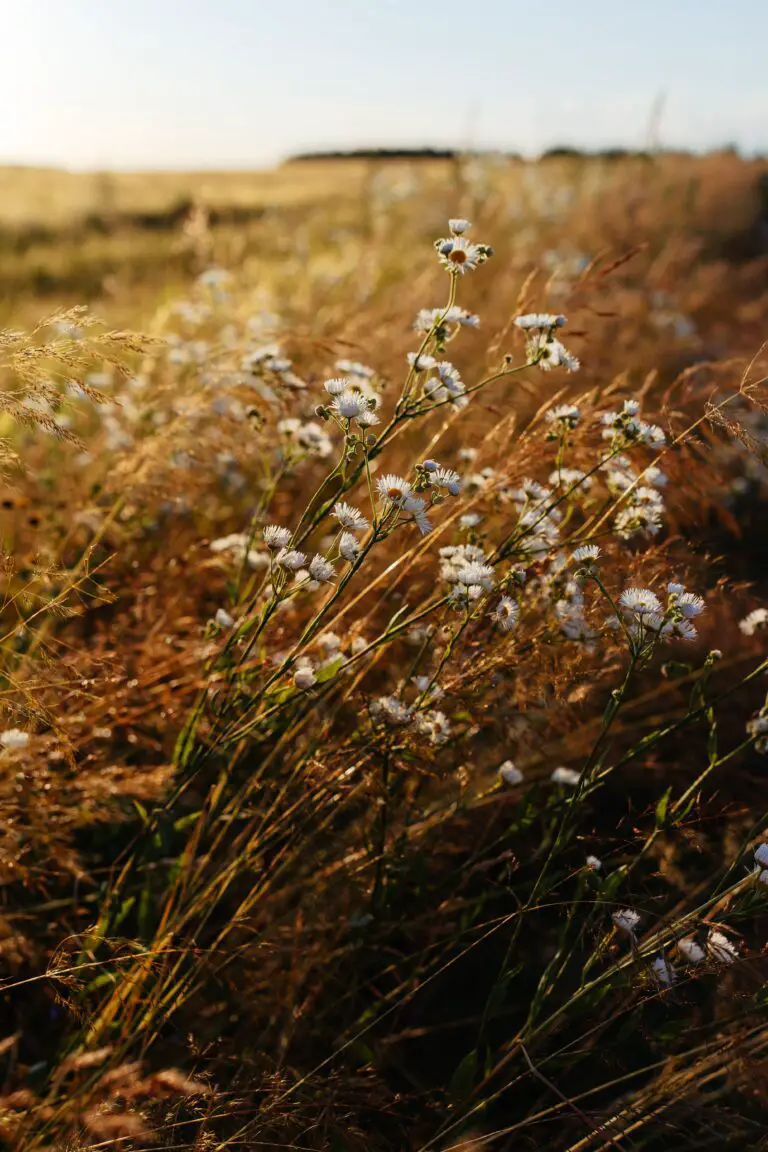
And remember, whether you’re seasoned in the garden or still getting your hands dirty, the world of sedum division is one ripe with possibility. Embrace it, and watch as your garden becomes a testament to the beauty of growth, space, and revival!
Recognizing the Best Time to Divide Sedum Plants
Ever wonder when the green thumbs intervene to help their sedums multiply? It’s not a secret ritual, but an art based on the rhythms of nature. When the sun playfully warms the soil after a crisp, dormant winter, it signals game time for gardeners who get ready to divide and conquer… their sedum plants, that is. We’re not talking about random acts of gardening; this is strategic planning at its finest.
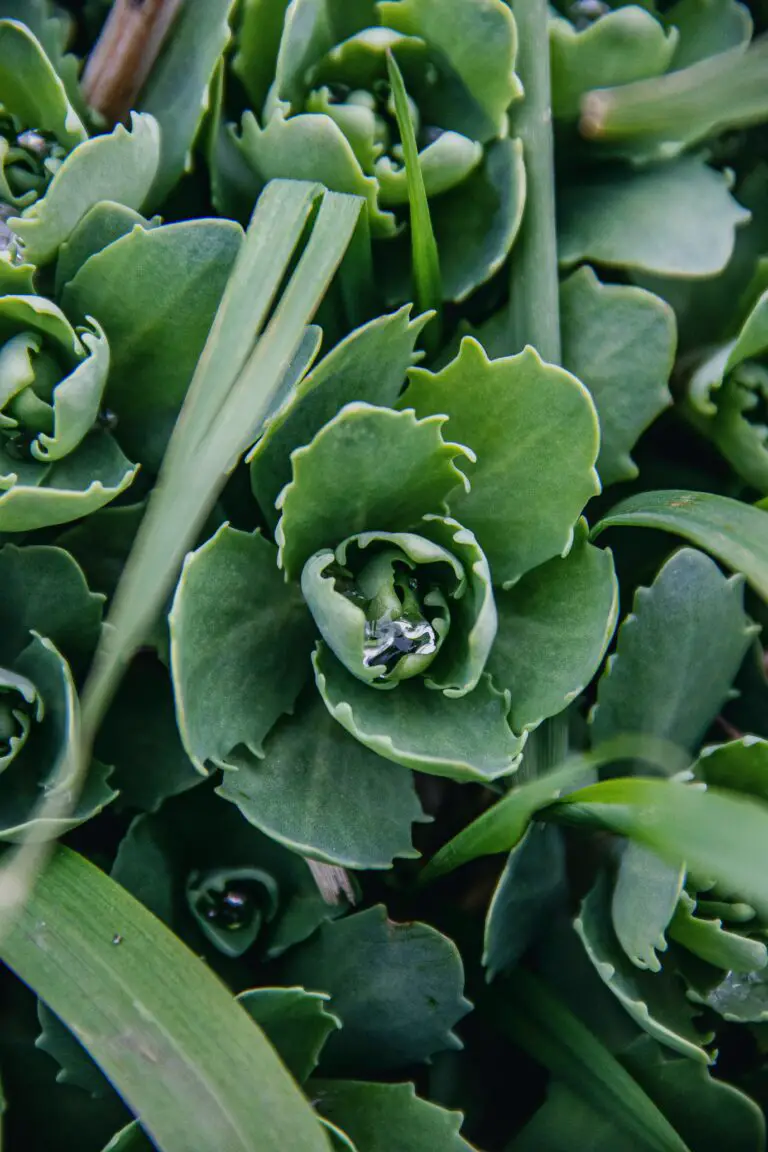
Spring whisperers insist that it’s the fresh bloom of life that beckons a division, right when new shoots make their peek-a-boo appearance. But hold your shovels! There’s more than one prime time for this decisive action. If you missed the spring train, autumn arrives with a crisp opportunity. The garden’s symphony quiets down, and the sedum, less flamboyant, now bracing for slumber, is ripe for a gentle split.
Why does this matter, you ask? Divide in the harsh sun, and your delicate sedum might protest with shock. Wait for a cloudy or overcast day for your operation. The goal is to see them thrive post-division, bursting with vitality and perhaps whispering a silent ‘thank you’ as they settle comfortably in their new abode.
Avoid the soggy soils after a downpour; your sedums need that ‘just right’ blend of Mother Earth to anchor their roots. Too wet, and you’ll encounter root rot — a gardener’s heartache. Too dry, and the roots grapple for life — a risky gamble. Aim for that perfect, crumbly, moist soil, and watch your divided sedums come alive, spreading their foliage in joyful abandon.
How do we know all this? Because experienced hands have felt the earth, watched the sedums’ lifecycle, and discovered these winning conditions. It’s like knowing to wear a scarf on a breezy day; it just makes sense. Care techniques born from years of observant nurturing guarantee that post-division, your sedums aren’t just surviving; they’re theatrically flourishing.
To witness the tenacity of these spirited little beings, one only needs to gaze upon a successfully divided and transplanted sedum. The results speak volumes of nature’s generous spirit, only asking for the right moment and a touch of care. Recognize the rhythms, the whispers in the wind, the soothing touch of the ideal soil, and you’re not just dividing — you’re partaking in the dance of regeneration and abundance.
Step-by-Step Guide to Dividing Sedum
Ever wondered if your hardy sedum plants, those resilient succulent beauties, can withstand being split up to conquer more garden territory? Well, the secret’s out: not only can you divide them, but with the right approach, they’ll thrive and blanket your garden like a lush, succulent tapestry.
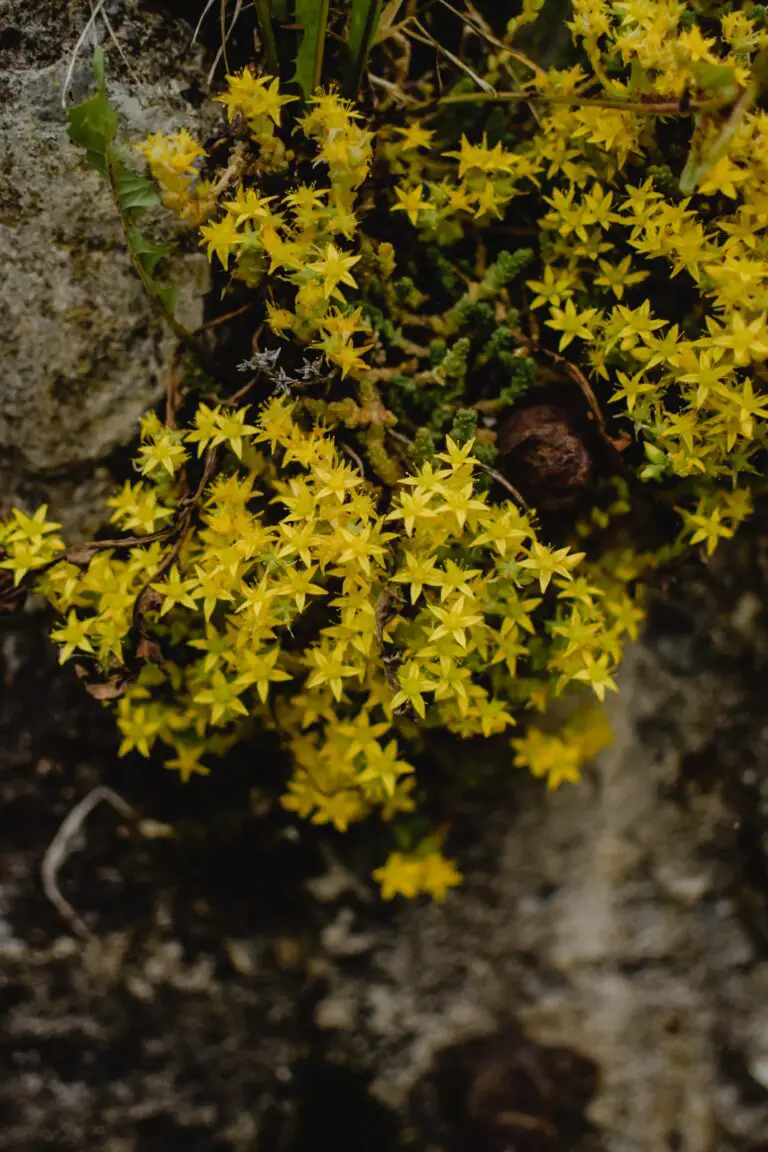
Picture your sedum plants as miniature troopers, ready to multiply and fortify your garden’s aesthetic appeal. The division process isn’t complicated, but it’s all about timing and technique. Begin in the cool embrace of spring or the mellow days of autumn, when the weather is forgiving.
Armed with a trusty spade or garden knife, zero in on the sedum cluster you’ve earmarked for division. Gently dig around the plant, embracing its root structure, and lift it from its sanctuary. Sedum plants, with their fibrous roots, might put up a slight fight, but with gentle persistence, you’ll unveil the separate segments waiting to grant more greenery.
Each piece, with roots and shoots, is a promise of a new, flourishing plant. Plant these recruits in well-draining soil, spacing them at friendly intervals where they can grow without competition—a special note for sedum enthusiasts, caring for sedum post-division is crucial for their conquest in your garden.
With your sedum divisions in place, step back and let nature take over. A little water to settle the soil, perhaps a whisper of encouragement, and watch as your garden transforms with these resilient succulents. Intrigued by their robust nature? Explore further and discover more on how to keep your sedums flourishing in a variety of garden settings.
The gratification you’ll feel, observing your sedum thrive post-division, is comparable to watching a masterful painting come to life, one brush stroke at a time. The sedum’s tolerance for division and subsequent prosperity is just another reason why these plants are cherished by gardeners worldwide.
Sedum Propagation: Division vs. Other Methods
Ever wondered if your Sedum plants could multiply like magic? Well, they certainly can, and it’s not just hocus-pocus; it’s called division. But hold on, is division the best trick in the book for propagating these succulent beauties? Let’s compare it with other popular methods: using cuttings and sowing seeds.
The Art of Dividing Sedum
Imagine you’re splitting a piece of cake with your friends. That’s what dividing a Sedum plant feels like. You can quite literally divide and conquer, transforming one robust plant into several mini versions of itself. Division is a quick way to create a sedum spectacle in your garden without the wait.
It’s simple: dig around the base, lift the plant, and gently tease apart the root ball into smaller sections. Each section, now with its own roots and shoots, is ready to go solo. Pick a sunny spot in your yard, plant, and you’ve cracked the code for instant garden gratification.
In the case of sedum (also known as ‘stonecrop’), division works best for the clumping varieties. These hardy perennials enjoy a little me-time, and they’ll thank you by blooming into fuller, healthier plants that can easily withstand pests and diseases.
Snip and Grow: Sedum Cuttings
If division is cutting the cake, then taking cuttings is like pinching a crumb to grow a new cake – sounds magical, right? Snip off a healthy stem, strip the lower leaves, plop it into some well-draining soil, and voila, you’ve set the stage for new growth. It’s a slow dance compared to division, but with patience, each tiny cutting blossoms into its own plant.
This method is ideal for those who love to watch the gradual unfurling of nature’s miracle. It’s a more meticulous process but incredibly rewarding for those with a nurturing spirit. Plus, you can share these stem cuttings with friends, spreading the sedum love far and wide.
Sowing the Seeds of Sedum Success
Last on our propagation parade is the seed method. Picture yourself as a farmer, scattering seeds that will one day become a sea of sedums. It’s the circle of life in your flowerbed. Plant the seeds, water them, and give them warmth and light. With time, these tiny seeds will put down roots and reach for the sky.
It’s the longest trek on the propagation path and not for the impatient gardener. However, it’s a journey filled with anticipation and the excitement of the unknown, as each seed holds the promise of a unique plant, with potential variations that make your garden truly one-of-a-kind.
When you weigh your options – the rapid multiplication of division, the personalized touch of cuttings, or the lottery of seeds – you’ll find that each method has its time and place. Depending on your gardening style and time investment, you can divide and conquer, snip and grow, or sow and behold. Can sedum be divided? Absolutely! And it might just be the beginning of a flourishing friendship between you and your garden.
Caring for Divided Sedum: Post-Division Tips
So, you took the plunge and divided your sedum plant, eying those new robust offshoots eagerly. Now what? Keep calm and let’s get those green thumbs working! Just like a well-loved family recipe, there’s a secret sauce to nurturing divided sedum plants back to glory. Let’s unwrap those post-division tips and get your sedums thriving.

When it comes to watering your newly divided sedum friends, the key is moderation. These succulent beauties have a “less is more” vibe to hydration. A good soak once a week during their growing season should suffice. But hey, don’t just take my word for it. Picture yourself lounging on a beach in bright sunlight—your sedum enjoys that too! Full sun exposure is their jam, as it helps them develop those vibrant colors we all love.
We’ve got our watering cans and sunglasses ready, but what about the foundation? The right soil can make or break your sedum’s success story. Aim for a well-draining mix, something that won’t hold onto water like a grudge—it’s crucial for preventing root rot. A mix of sandy or gravelly soil is typically their comfort zone.
Now, you might be wondering about ‘other care tips,’ right? Here’s a real-life nugget for you: sedums are not fans of being coddled. They’re more of the independent type, requiring minimal fuss once they’ve settled into their new home. But don’t neglect them altogether—think of it as helping a friend adjust to a new city. A bit of encouragement and checking in goes a long way.
If you’re looking for more green-thumb guides, this resource not only drops the full scoop on sedum plant care but also paints a picture of just how vibrant your garden can be with a little know-how. Consider it your plant-parenting encyclopedia.
Remember folks, divided sedum care isn’t rocket science—it’s more like a dance. And with these tips, you’re set to cha-cha your way to a lush, happy garden full of succulent sedum stars.
Common Mistakes to Avoid When Dividing Sedum
Dividing sedum plants is akin to sharing a beloved secret recipe—a dash of patience combined with the right technique can result in a lush, thriving garden. Yet, even seasoned gardeners can stumble when it comes to propagation. Let’s dive into some faux pas that could hinder the joy of multiplying your prized sedums.
One might think that a plant as hardy as sedum would forgive a hasty split, but beware—the timing of your division could make or break your success. Aim for either the cool embrace of early spring or the mild farewells of late summer. Splitting sedums in the height of their active growth or during winter’s chill is a misstep you’ll want to dance around.
Next, consider the tools of the trade. A dull blade can do more than just bruise your ego; it can crush the tissues of your plants, leading to infection risks and stunted growth. Ensure your cutting instruments are as sharp as your gardening wit—clean, precise cuts will pave the way for healthy new sedum starts.
The phrase “out of sight, out of mind” doesn’t apply to the severed roots of sedum. Neglecting proper depth when replanting divided pieces is the botanical equivalent of leaving a cake half-baked. Too shallow, and the roots could dry out; too deep, and they might suffocate. Aim for the goldilocks zone—just right, with the crown level to the soil’s surface.
Without a proper post-division watering regimen, your sedums may resign to a fate of desiccation. Remember, they’ve just undergone the plant equivalent of major surgery! They require hydration to heal and establish new, robust root systems. A thorough drink immediately after division, followed by regular check-ins, will quench their thirst for a strong comeback.
Lastly, over-enthusiasm in fertilizing freshly divided sedums could be comparable to forcing a toddler to run before it learns to walk. A bombardment of nutrients can overwhelm their tender roots, doing more harm than good. Allow your sedum to acclimate in their new homes before introducing them to the world of fertilizers.
By sidestepping these common pitfalls, you’ll foster an environment where your sedums won’t just survive—they’ll flourish, making you the talk of the gardening community. Witness your garden transform into a sedum sanctuary, where each plant, carefully divided, grows into its full majestic potential.
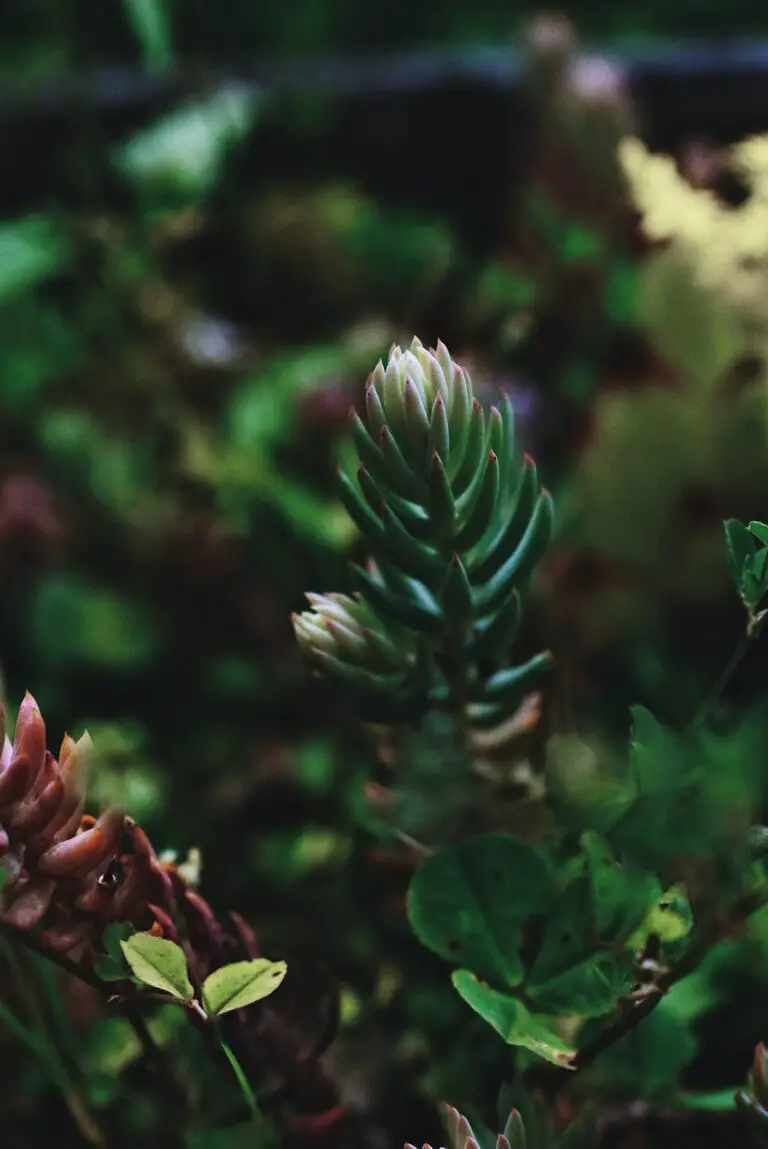
Choosing the Right Sedum Varieties for Division
When it comes to propagating your garden’s tapestry with minimal fuss, sedum stands out as a remarkably versatile candidate. Eager to proliferate, these succulent wonders embrace division with the enthusiasm of bees at a flower buffet. Yet, not all sedums are created equal when it’s time to split them. Let’s delve into the world of sedum and separate those who revel in division from those who prefer solidarity.
Picture the ‘Autumn Joy’ variety, a garden celebrity known for its robust nature and willingness to multiply. This sedum welcomes division, splitting with ease to give life to numerous offspring that quickly establish themselves with the same vigor as their parent. On the other hand, the delicate ‘Blue Spruce’ remains shy, its tiny, needle-like leaves requiring a gentler approach, lest they protest and wither. Strike a balance – respect their preferences, and they will reward you with unwavering growth.
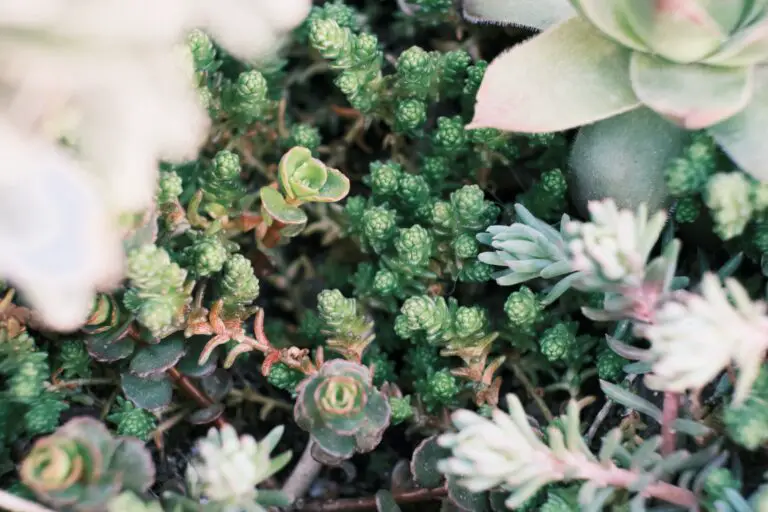
Envision the ‘Dragon’s Blood’ sedum, undaunted by adversity, cascading over rocks and walls. Divide this warrior with a firm yet loving hand, and watch as the cuttings become the dragons of your garden, breathing new life wherever they land. But hesitate before you approach the ‘Frosty Morn’, whose variegated leaves may startle easily, making division a more delicate dance.
Through trial and green-thumbed error, we’ve discerned a rule of thumb: If a sedum variety proudly bears thick, fleshy leaves and stout stems, like the ‘Matrona’, it’s likely a champion of division, ready to conquer new soil. In contrast, the more intricate and slender the sedum, such as the ‘Cape Blanco’, the more finesse is required to nudge it into a successful division.
Remember, the art of sedum division is much like a conversation with an old friend. You must listen, be patient, and understand when to push and when to hold back. And in doing so, you can transform your garden into a reflection of nature’s resilience and abundance.
The Impact of Soil and Environment on Divided Sedum
Talk about diving headfirst into the world of gardening without considering the nitty-gritty details like soil and environment—it’s like driving a car blindfolded! Every gardener dreams of a lush, verdant spread of sedum in their backyard oasis, but dividing your sedum is more than just a snip and plant situation. Let’s dig a little deeper and see how you can give your divided sedum plants the VIP treatment they deserve!
Imagine you’re making a cake; now, the difference between a drool-worthy masterpiece and a sad lump of disappointment often boils down to the quality of your ingredients, right? Well, soil to sedum is what flour is to that cake. A sumptuous mix of well-draining soil that’s like a cozy blanket on a cold night is what your sedum craves after being divided. Those tiny roots are yearning for a place where they can spread out without drowning or drying up faster than a raindrop in the Sahara. Think about that soil like an exclusive club where only the right mix of nutrients and aeration gets past the bouncer.
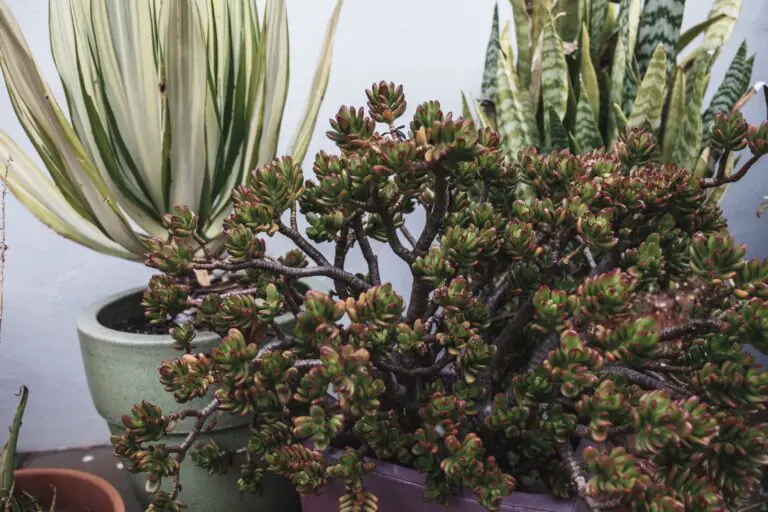
Now, let’s not forget the environment—it’s like the soil’s dance partner, and they need to be in sync for the magic to happen. Too much shade, and your sedum will stretch out like they’re reaching for the last cookie on the higher shelf—lanky and sad. But in the right sunny spot, they’ll multiply with the enthusiasm of a cheering crowd at a rock concert, giving you a show of vibrant colors and robust growth that’s nothing short of spectacular.
Here’s a scene from real-life gardens: Picture your friend who once split their sedum and just stuck it in any old spot. Those sedum sighed heavily, shrinking away in the less-than-ideal conditions, never really hitting their groove. However, another fellow gardener played the soil and sun concerto like a maestro, with sedum clumps that thrived and bloomed as if shouting from the rooftops, “Look at me now!” That’s the power of the right soil mix and a perfect match of environmental conditions—it’s a love story for the ages between plant and place.
To sum it up, post-division, treat your sedum like rock stars on tour—they need the perfect stage, and that’s where the magical combo of the right soil and sunshine comes into play. Give them that, and they’ll be singing your praises to every bee, butterfly, and bird in the neighborhood. Now, go ahead, divide and conquer the gardening world with your sedum!
Frequently Asked Questions
Is your garden boasting with plush sedum plants and you’re itching to know if you can share the love by dividing them? Well, you’ve clicked the right page! Let’s cut to the chase and dig into the world of sedum division.
Can Sedum Be Divided Successfully?
Like a winning team that thrives on collaboration, sedum plants are the MVPs of division. These succulent perennials aren’t just about looks; they’ve got robust root systems that make them ideal candidates for division. Imagine taking your flourishing sedum and giving it the chance to inspire new life elsewhere in your garden or as a gift to fellow green thumbs. There’s something truly rewarding about multiplying beauty with a simple slice and dice of the shovel.
How Often Should You Divide Sedum?
Timing is everything – even for plants. When it comes to sedum, think of dividing as a biennial event – something like the botanical Olympics for your garden. Every two to four years is the sweet spot. It’s enough time to let them settle and mature, yet not too long that they become an entanglement of crowded growth.
The Perfect Season for Sedum Division
Think of spring as the grand opening season for sedum division. The weather is mild, the soil workable, and the plants are just waking up from their winter snooze. It’s the start of a growing season, so new divisions have a full spring and summer to establish themselves. Talk about perfect timing!
Here’s a tip straight from the green playbook: divide your sedum on a cloudy day or later in the afternoon to prevent the harsh sun from stressing the newly liberated roots.
Real-life Division Wins
Take Jane, for instance, an avid gardener whose backyard is the neighborhood’s envy. Her secret weapon? Dividing her plush sedums! Each segment turned into a thriving start, transforming her garden into a sedum showcase. And let’s not forget the urban balconies adorned with sedum offshoots from friends like Jane, flaunting greenery that was once part of a bigger, shared dream.
We’re just scratching the surface, but by now, you’re probably equipped with enough know-how to give sedum division a go. Remember, be gentle but firm – you’re dealing with living, breathing plants that are eager to expand their horizons, just like you.


